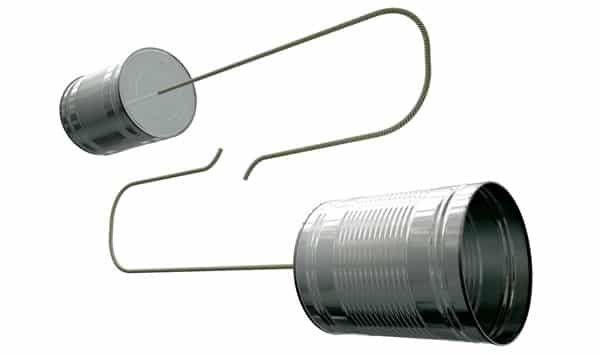Whether we e-mail, text, speak, signal or broadcast our ideas, the information we communicate must be received and understood by the intended audience. As a member of the global workforce, your mission should be to send messages that are clearly and accurately understood by your intended audience. While it sounds like a simple concept, achieving effective and efficient communication takes practice, knowledge of the communication cycle, awareness of communication barriers and adherence to the following six steps to better communication.
Step 1: What is your objective?
You need an objective. Create a plan for what you realistically hope to accomplish before you set pen to paper or open your mouth. Ask yourself what you need to achieve, what resources you need to achieve it and whether your goal is realistic.
Step 2: What is the optimal channel?
What is the best method to communicate your message? Different communication channels have different features that permit the release of information quickly to large audiences or perhaps more slowly to highly targeted audiences. Costs will vary too. While budget and timing are important, some communication channels are more convenient and conducive for delivering certain types of information. Finally, estimate the response and payback that you can expect with the channels you consider.
Step 3: How should you encode your message?
Encoding refers to the linguistic style and manner of your message. Should the tone of your message be warm and friendly or concise and direct? The best answer is usually determined by the type of material you communicate. Is your message about something serious, life threatening, humorous or congratulatory? Depending on your intent, encode your message in a style that is consistent and complementary with your purpose.
Step 4: Identify barriers.
What communication barriers or obstacles must your message overcome to reach its intended audience? Take time to consider the barriers because the presence of one can render your effort worthless. For example, construction noise near a meeting hall may prevent an audience from hearing what is being discussed. A snowstorm with airport and road closures might prevent the letters you send by FedEx from arriving on time. A bad mail list leads to returned messages that will never be read. Language barriers that aren’t addressed by hiring a reliable translation service will restrict the audience’s understanding.
Step 5: Release message.
Once you have given serious consideration to the previous 4 steps and incorporated your thoughts into your strategy, you are ready to release your message.
Step 6: Verify understanding.
When you release your message, you need to follow-up with your audience to determine if your message strategy was a success. Did recipients receive your message, and did they understand it? Were they motivated to act in the way you intended? Were they left with some unanswered questions or were they thoroughly confused? Did your translation agency produce high-quality translated content that international audiences could use? These are just a few of the important questions you might have when verifying that your audience understands your message and for understanding how your audience reacted.
By following these steps to better communication, you will communicate more clearly, effectively and efficiently to your audience. This clarity will better inform your audience and increase the likelihood that your message will have the intended effects.



